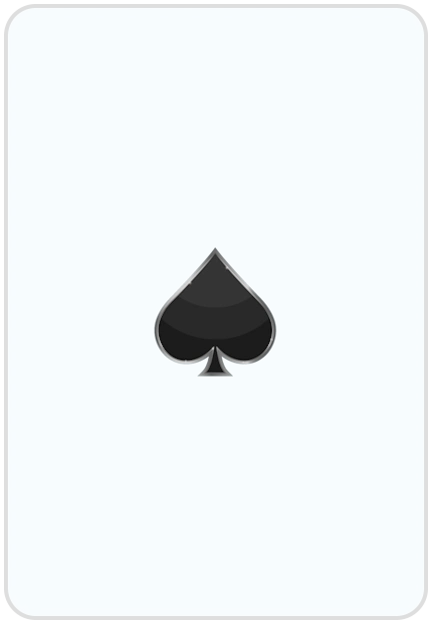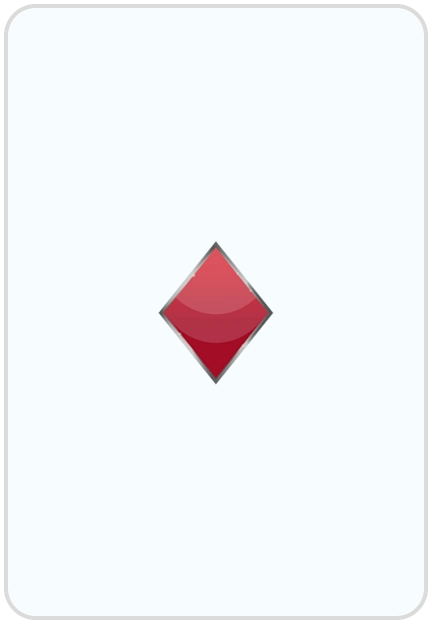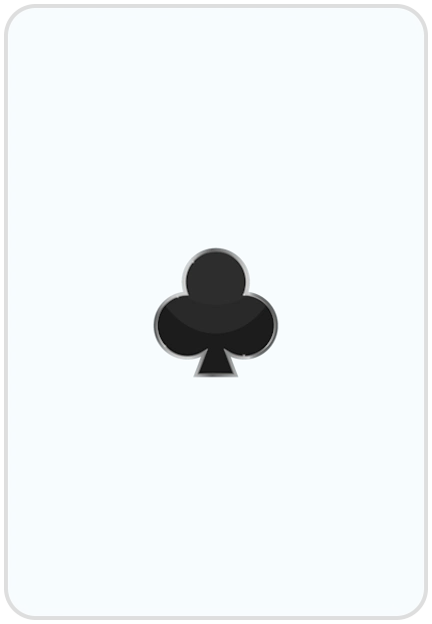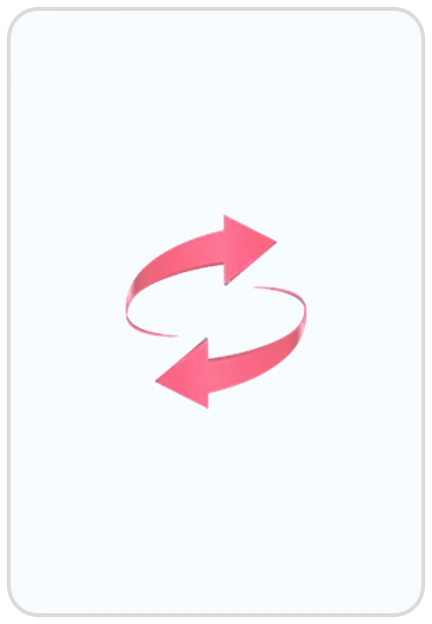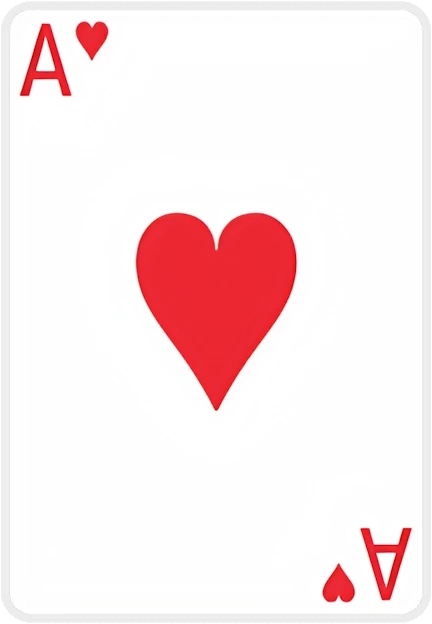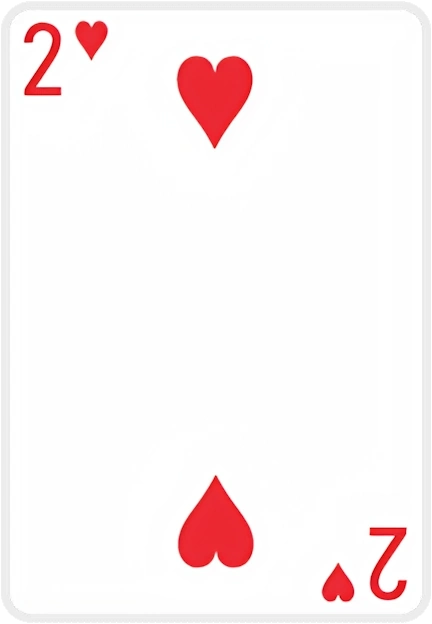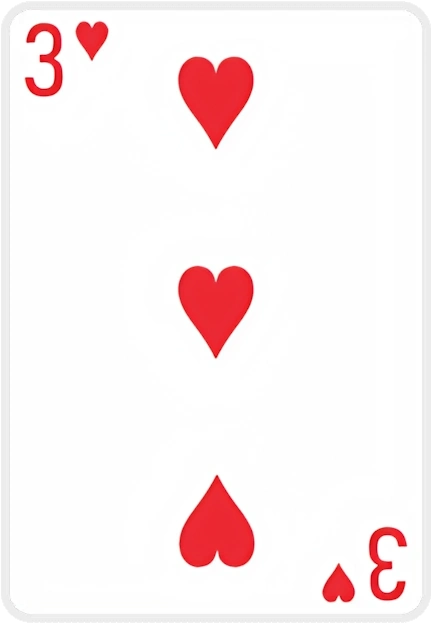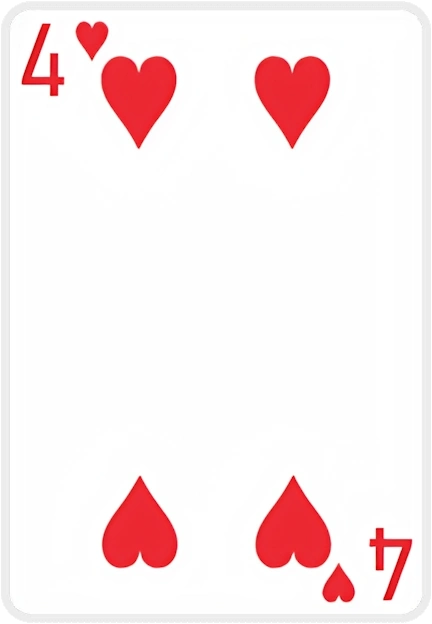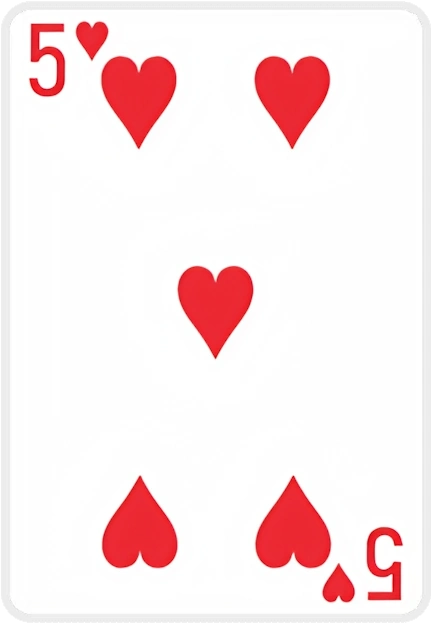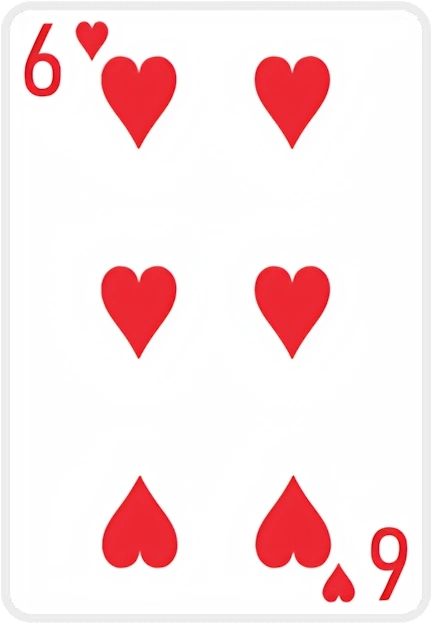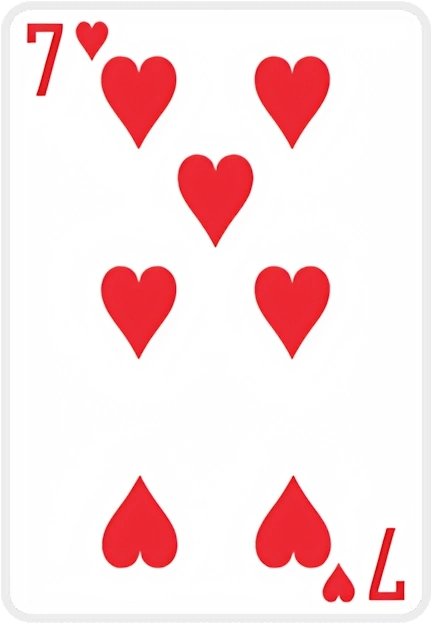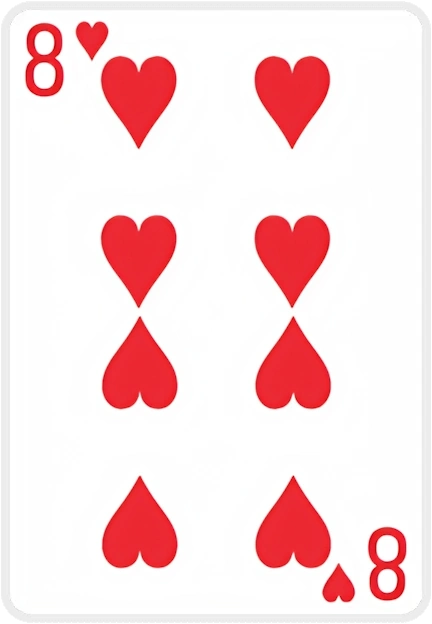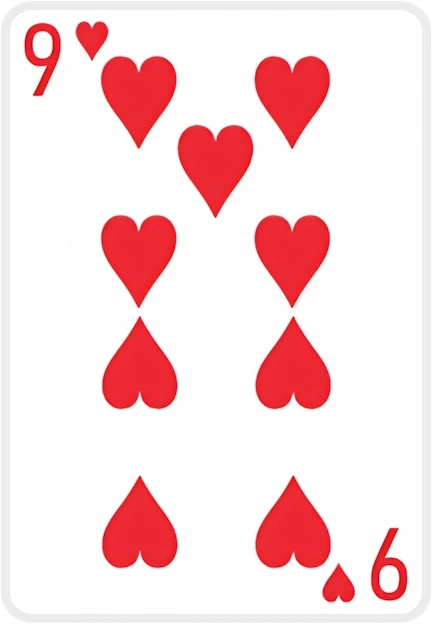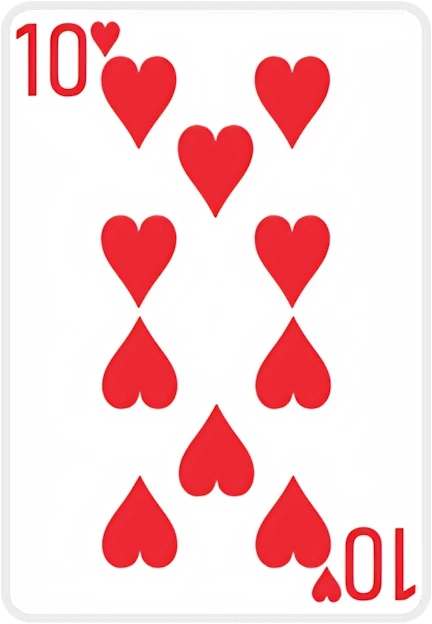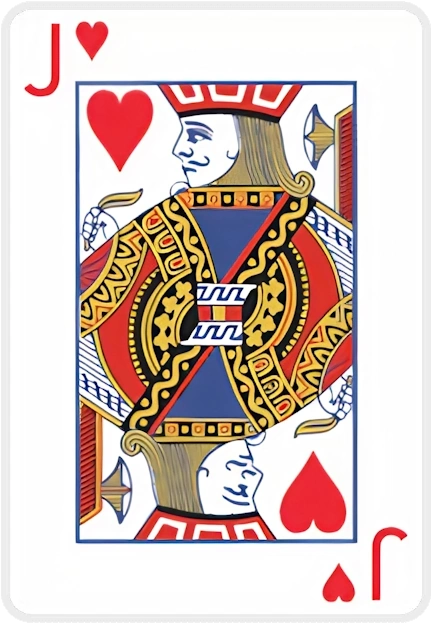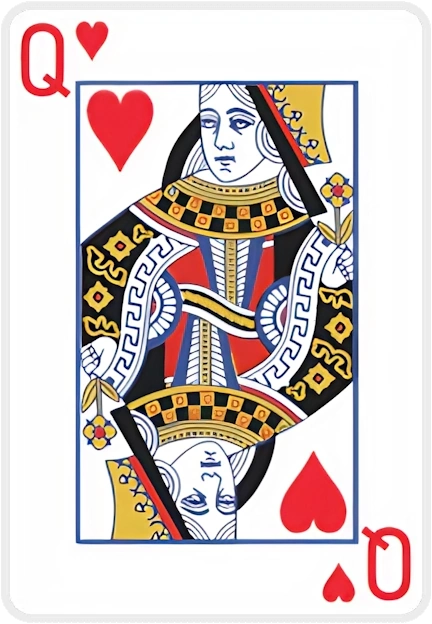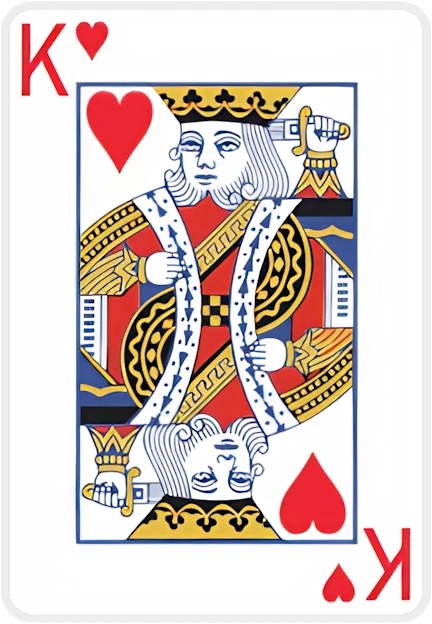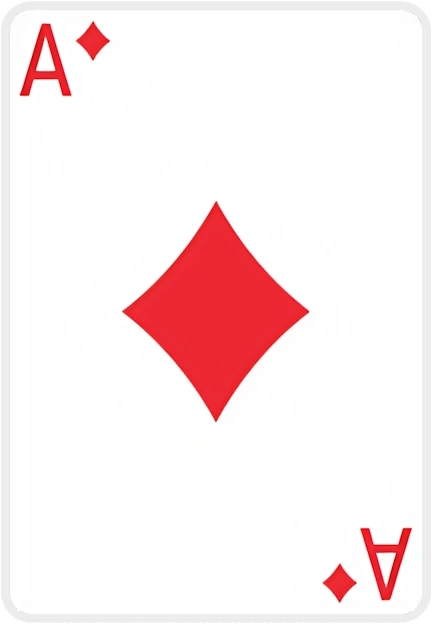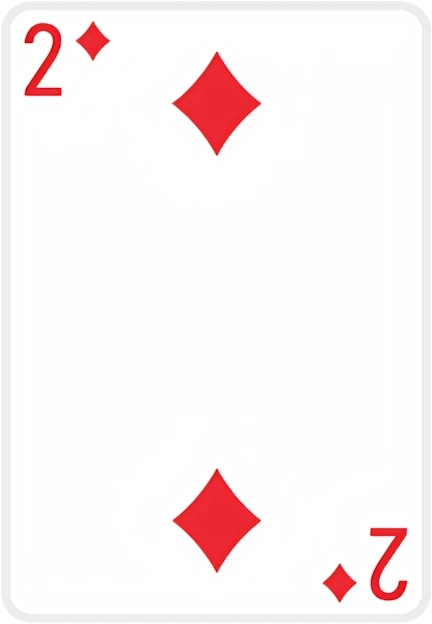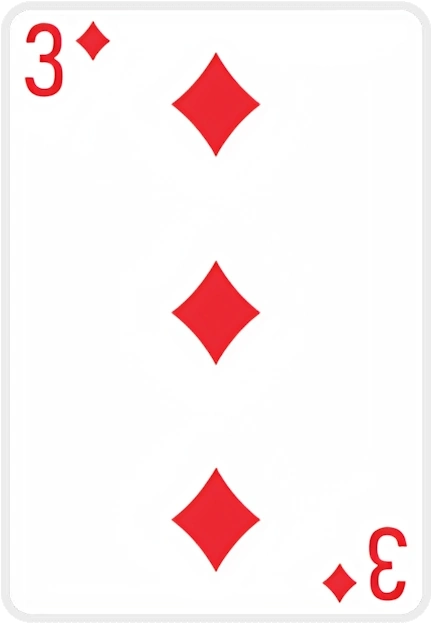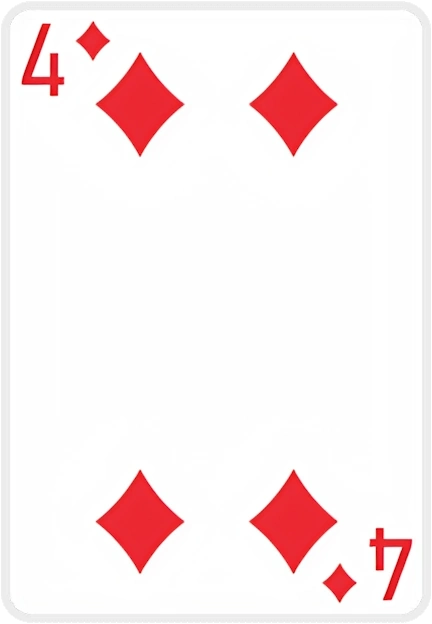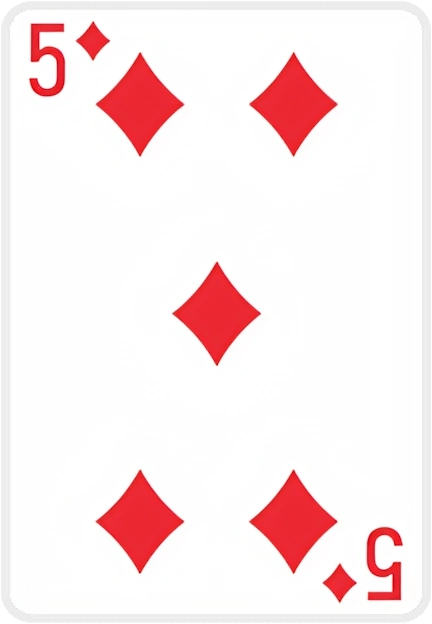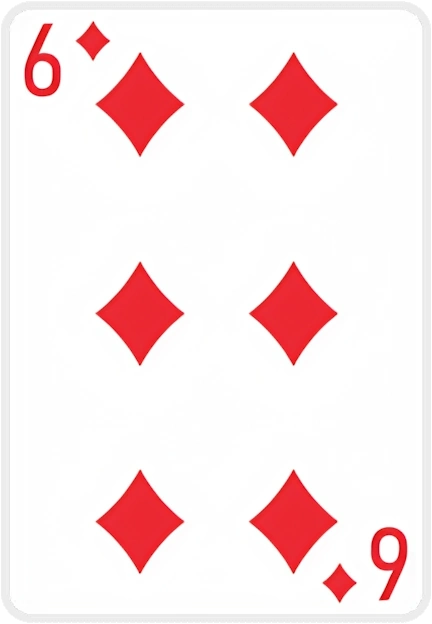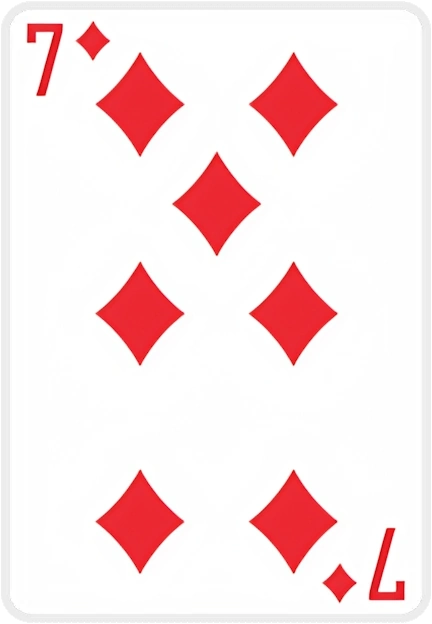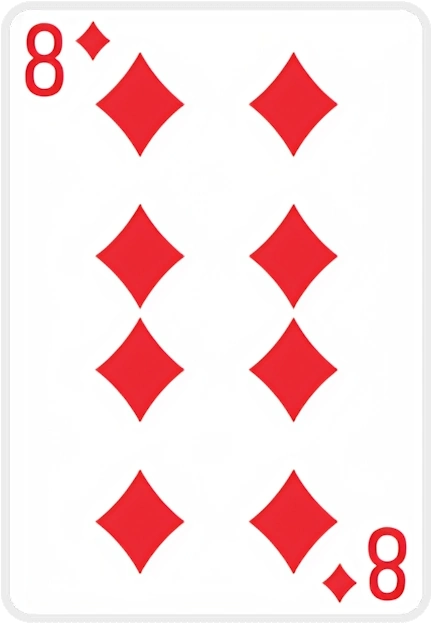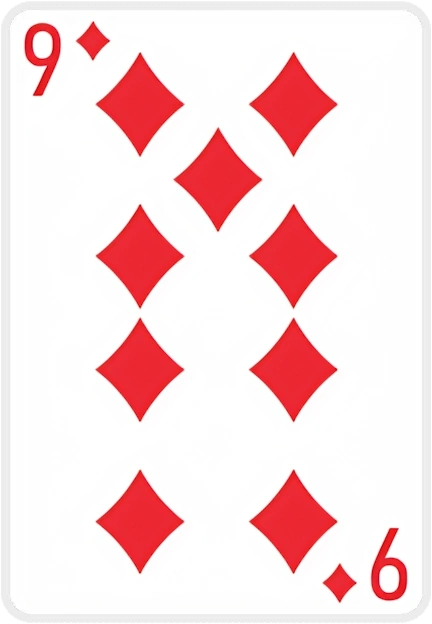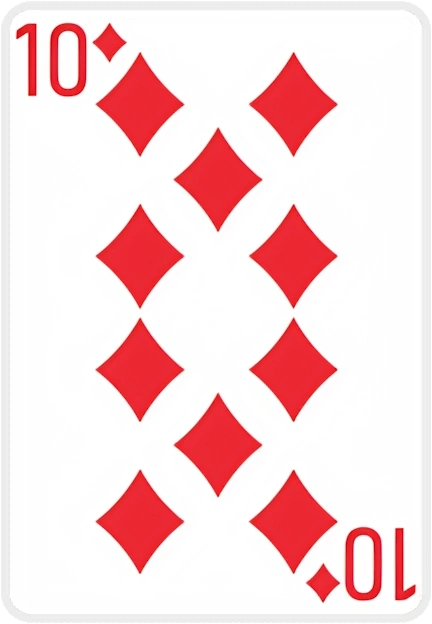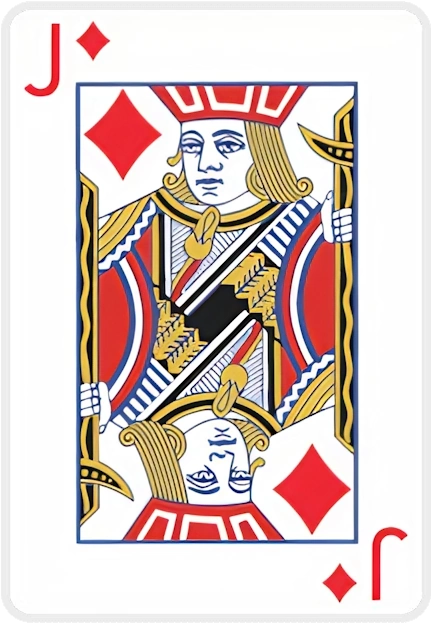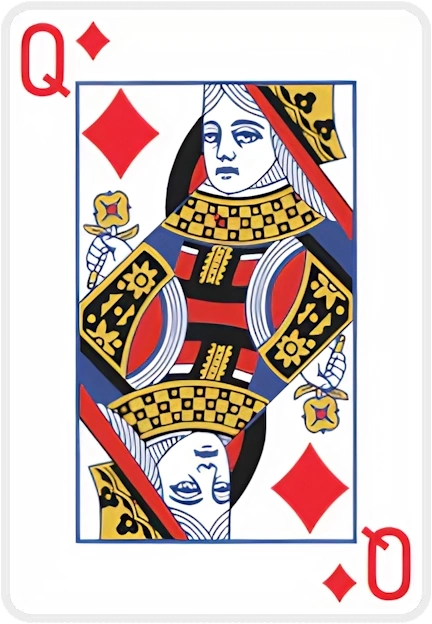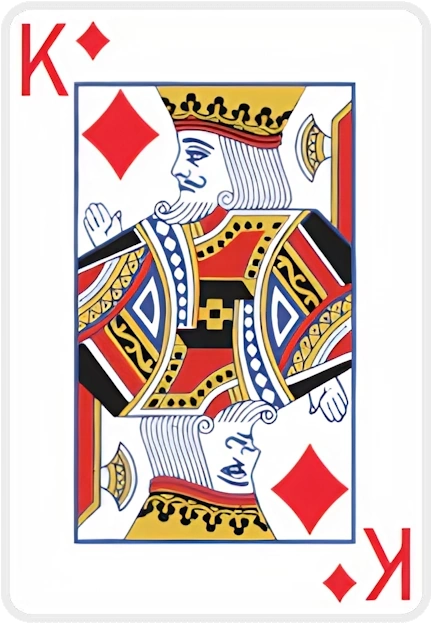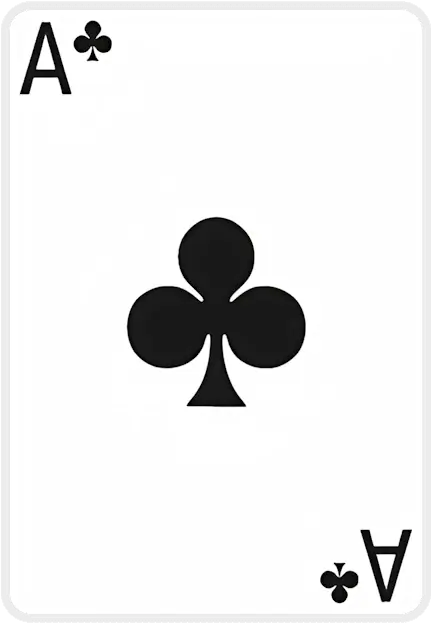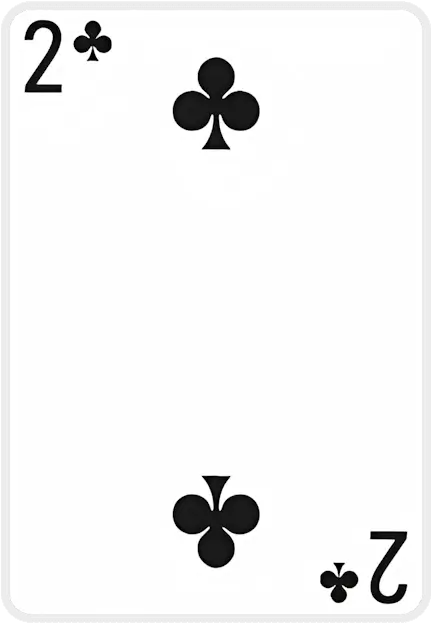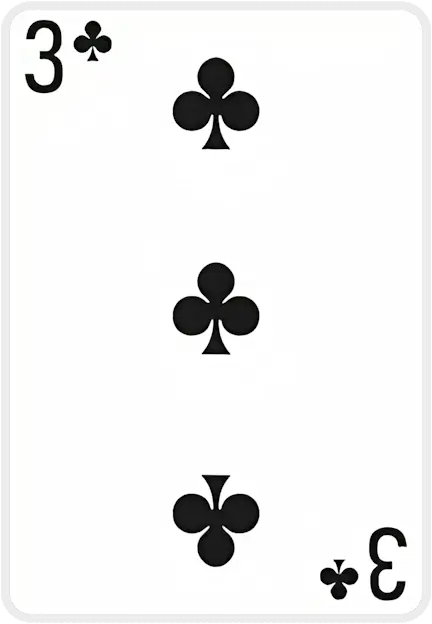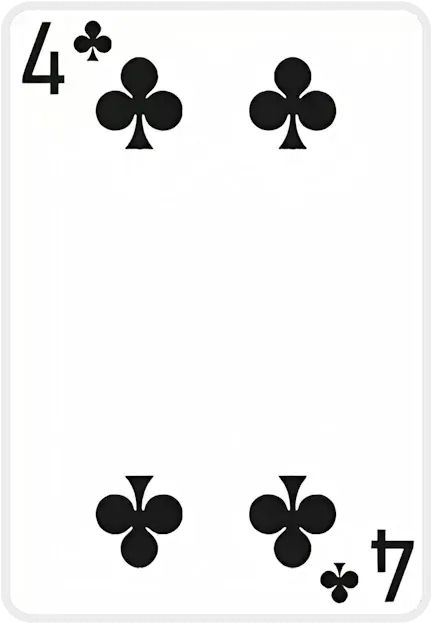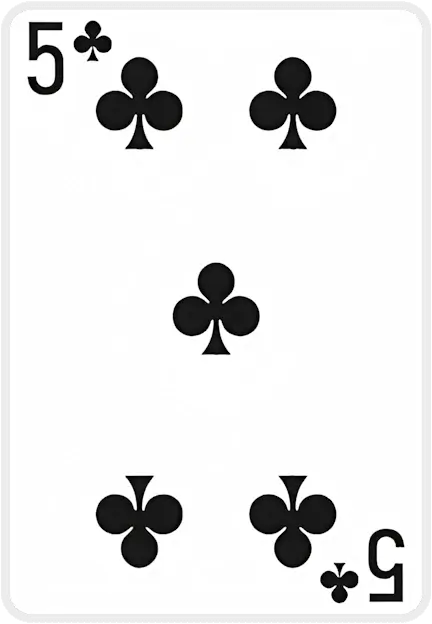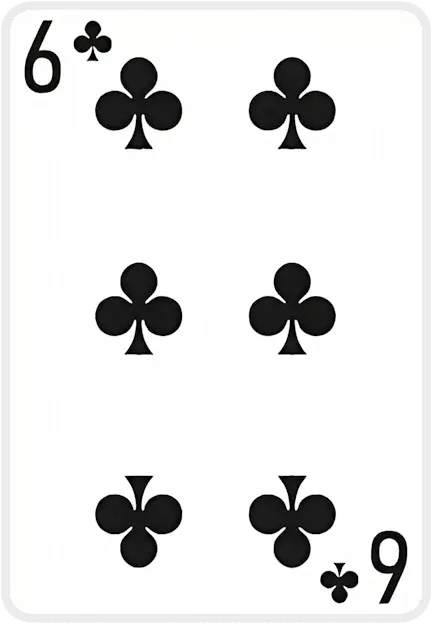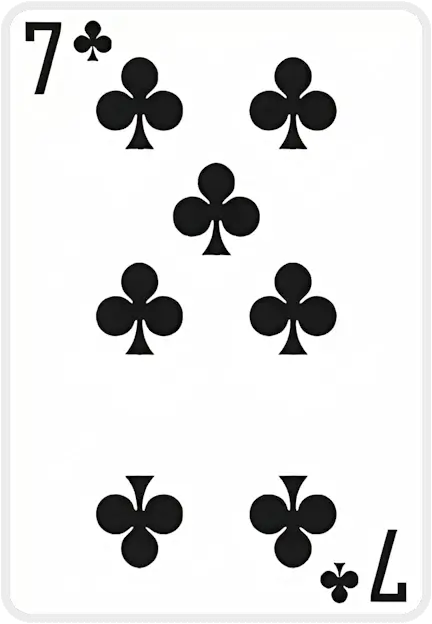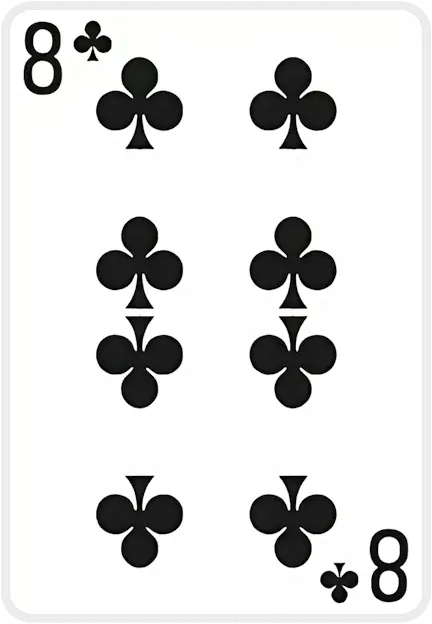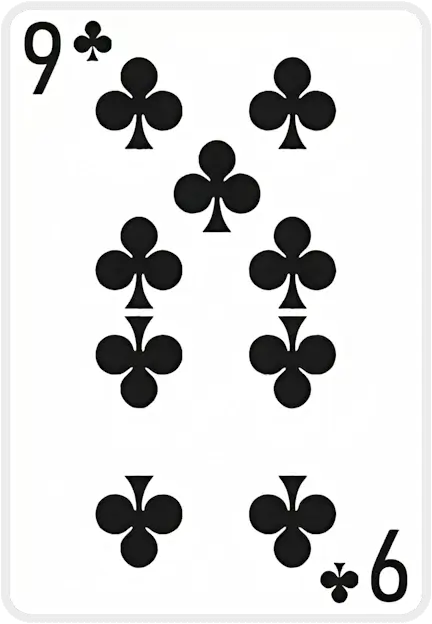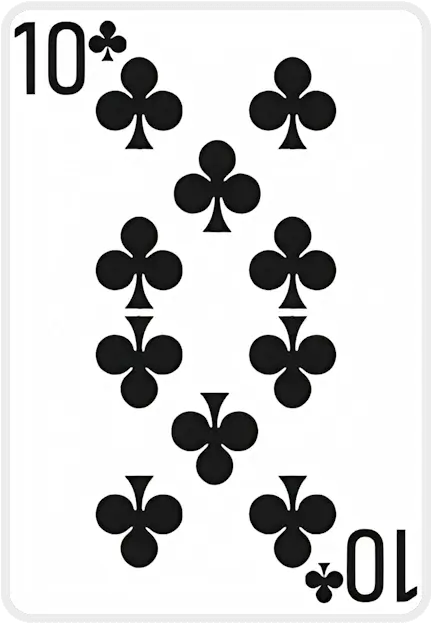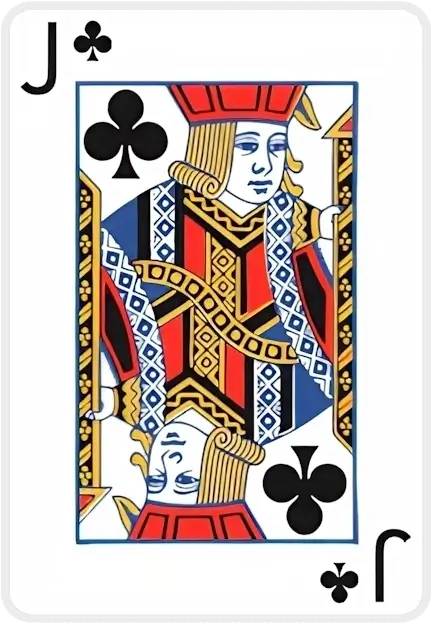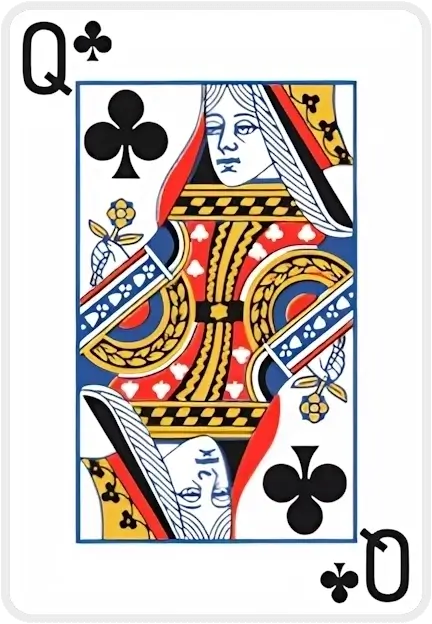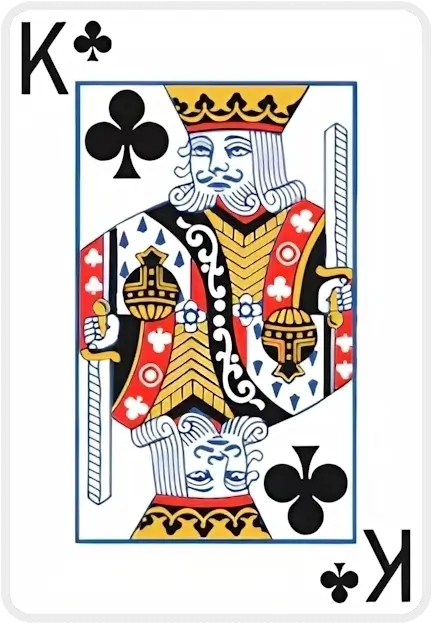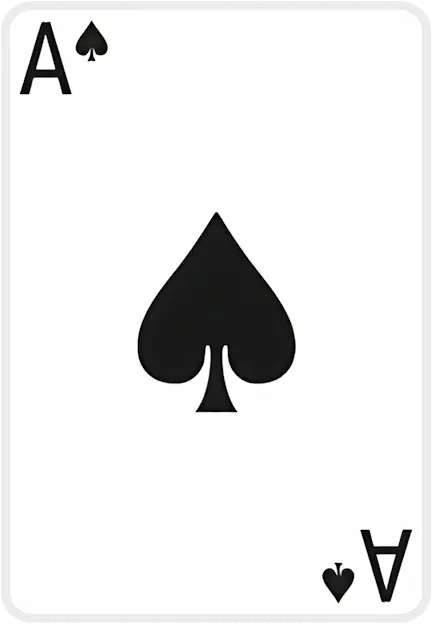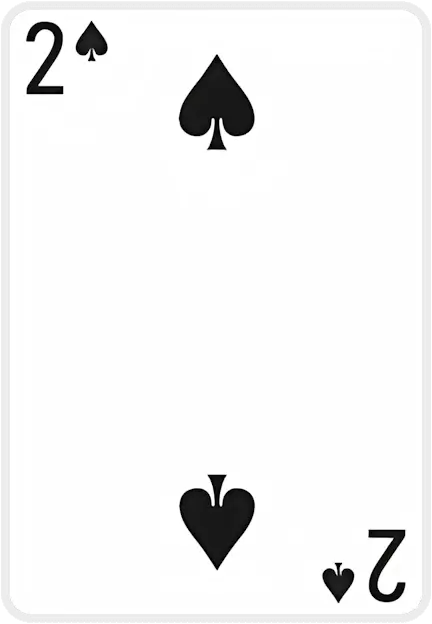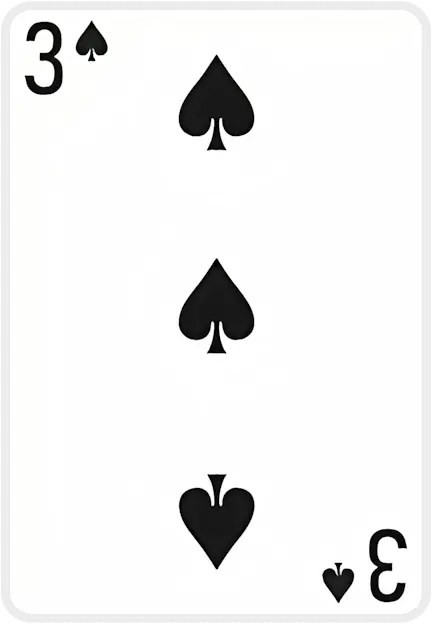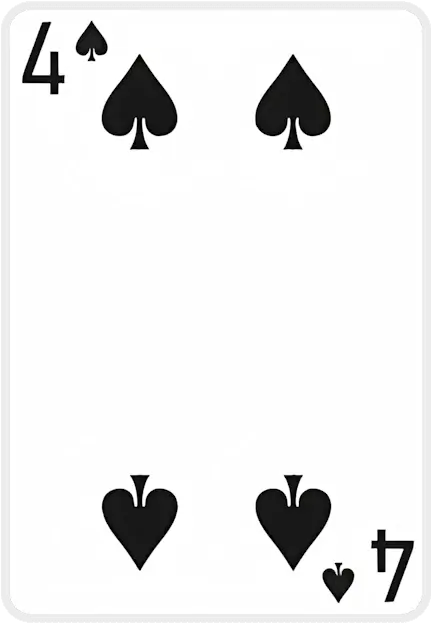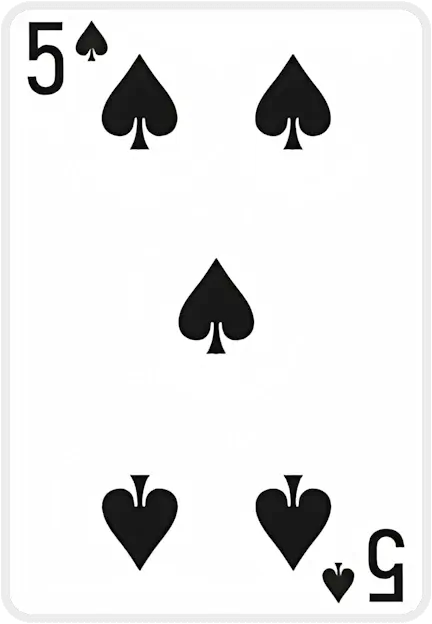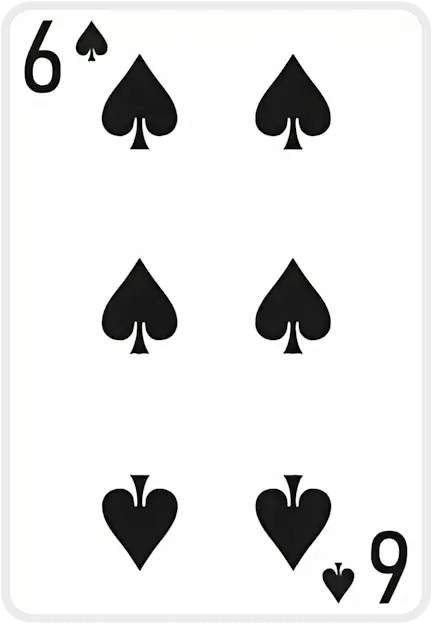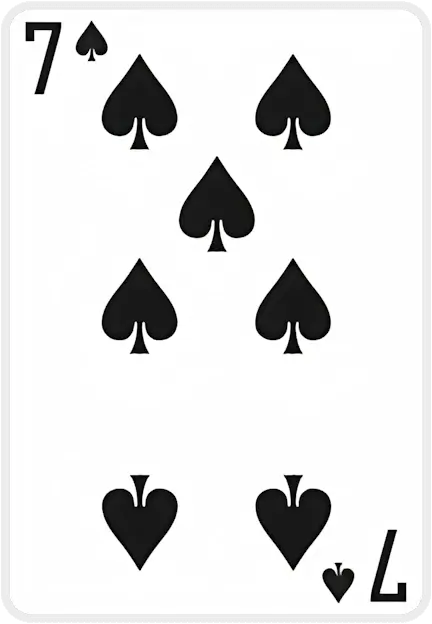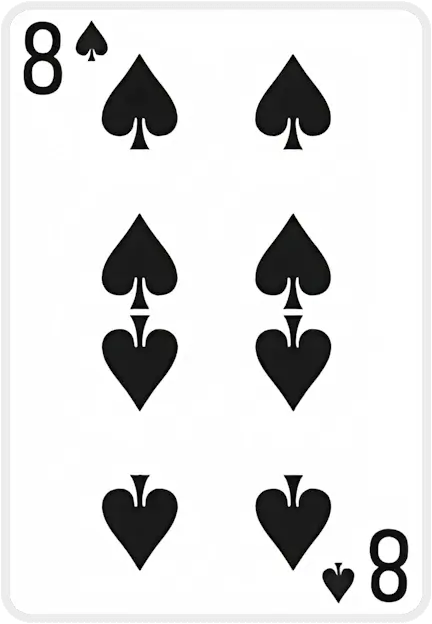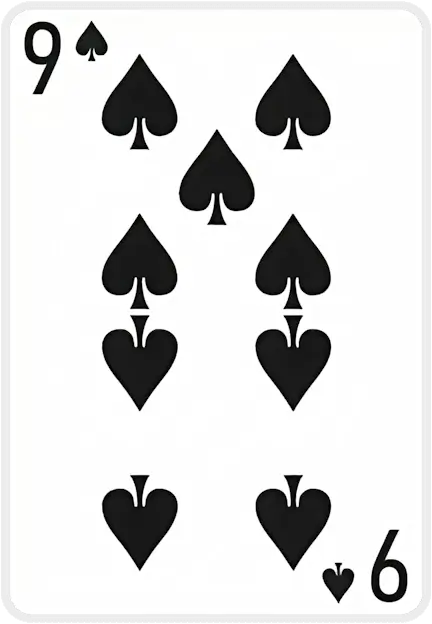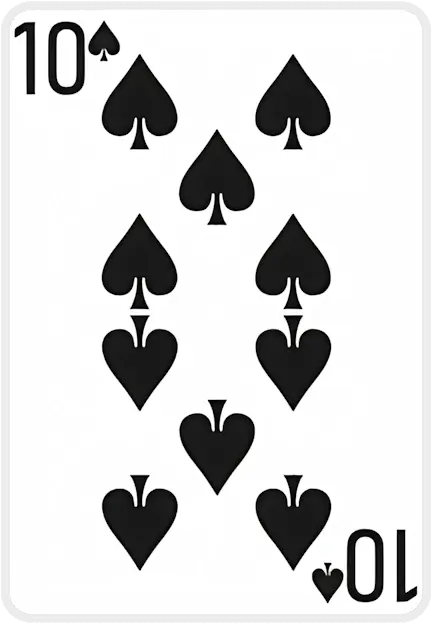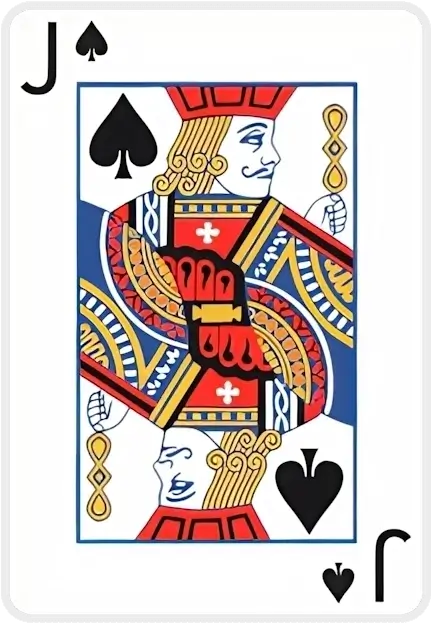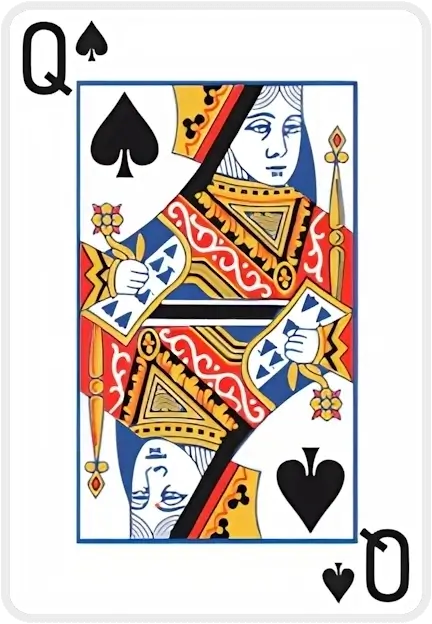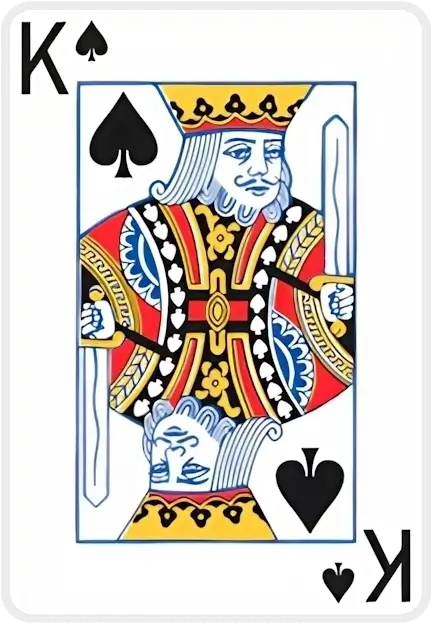Cannot drop, your card needs to be of an opposite suit colour
Cannot drop, your card needs to be one rank lower
Cannot move multiple cards to foundation
Card suit doesn't match foundation pile suit
Card can only be dropped on top of a card pile
Cannot deal cards when there are empty tableau piles
You can only move {0} card(s) at a time based on the current free cells and tableau
The cards don't add up to 13 and cannot be moved
The card is inaccessible and move cannot be performed
Cards must be in sequential order (one higher or lower)
Double Russian Solitaire
Double Russian Solitaire – Play Online at SolitaireX.io
Double Russian Solitaire is a challenging double-deck solitaire game you can play online for free on SolitaireX.io. It’s a variant of the classic Russian Solitaire (which itself is a Yukon-style patience game) but played with two decks of cards instead of one. That means 104 cards are in play, making for a longer and more complex game. In Double Russian, sequences must be built in suit order (not alternating colors), which dramatically increases the difficulty. In fact, this game is known for its formidable challenge – the win rate is extremely low (only around 3–4% of deals are won). If you’re a solitaire enthusiast seeking a true test of skill, Double Russian Solitaire offers a rewarding (and often addicting) experience. Best of all, you can play it now on SolitaireX.io – no download or signup needed – and see if you can beat the odds.
How to Play Double Russian Solitaire (Rules)
Objective: The goal of Double Russian Solitaire is to move all the cards to the foundation piles, building each pile up from Ace to King in the same suit. With two decks, there are 8 foundation piles (two per suit) to fill: each suit will have two sequences from Ace through King. Once all 104 cards are on the foundations, you win the game.
Setup & Layout: Double Russian uses two standard decks (104 cards total). At the start of the game, all cards are dealt into the tableau (there is no stock or draw pile, similar to Yukon Solitaire). There are 10 tableau columns in the layout. Typically, the dealing works as follows: 1 card is dealt to the first pile, 2 cards to the second, 3 to the third, and so on up to 10 cards in the tenth pile (with the last card in each pile turned face-up). Then additional cards are dealt on top – the first pile gets 4 extra face-up cards, and each pile 2 through 10 gets 5 extra face-up cards. This initial deal ensures most cards start face-up or become exposed early in play (a hallmark of Yukon-style games). All 104 cards are now on the tableau, and the 8 foundation slots are empty and waiting for Aces.
Tableau Rules: In the tableau, you build sequences downward by suit. This means you can only place a card onto another card that is one rank higher and of the same suit. For example, you can move a 7♥ onto an 8♥, but not onto an 8♣ or 8♠ (and unlike Klondike, you cannot place it on a 8 of opposite color either – suit must match). This strict suit-building rule greatly limits where cards can go, making the game more challenging than versions that allow mixed-suit or alternate-color builds. If you expose an empty column (by clearing all cards from a tableau pile), only a King may be placed in that empty space (you can either move a single King or a group of cards headed by a King). No other card rank can fill an empty pile, so plan empty spaces carefully – leaving a vacancy with no King available will stall your progress.
Moving Cards: One powerful aspect of Double Russian (inherited from Yukon rules) is that you can move groups of cards in the tableau even if they are not in perfect sequence. Any face-up card in a column can be picked up, and when you move it, you carry along all the cards sitting on top of it as one block. The only requirement is that the target card you’re moving onto must follow the descending-same-suit rule – i.e. the bottom card of the moved stack must be one rank lower and the same suit as the card you place it on. All cards above that bottom card simply come along for the ride, even if they themselves are out of order. For example, if a pile has a 7♣ somewhere with cards on it, you can lift that 7♣ and everything above it and move the whole stack onto an 8♣ in another column. This flexibility to move any partial stack (regardless of internal sequence) is what allows you to rearrange the tableau and reveal hidden cards. Whenever you move cards that were covering a face-down card, that hidden card is flipped face-up and becomes available to play.
Foundation Rules: As Aces become available (any Ace that is face-up with no cards on top of it), you should move them to the foundations to start those piles. On the foundation, cards build up by suit: after an Ace, you’ll place the 2 of the same suit, then 3, 4, and so on up to King. Each foundation pile holds one suit sequence. Because there are two decks, you will have two Aces of each suit – each Ace will start its own foundation. For instance, both Ace of Hearts can be moved to empty foundation slots, and you will ultimately have two heart sequences (Ace♥ to King♥) to complete. Once a card is on a foundation, it generally stays there (you don’t move cards back down into the tableau in standard play). Important: Only an Ace can begin an empty foundation pile, and you can only place a 2 of matching suit on that Ace, then 3, and so forth. The game is won when all eight foundations show complete sequences from Ace through King. If you reach a point where no further moves are possible and not all cards are in foundations, the game is stuck – you’ll have to deal a new game and try again.
Summary of Key Rules: Double Russian Solitaire at its core plays much like an expanded Yukon/Russian Solitaire: you have no stock, all cards dealt out, and you can move any face-up sequence as needed. The crucial rules to remember are (a) you must build down by same suit in the tableau, (b) only Kings can fill empty spots, and (c) you can move groups of cards freely as long as the drop obeys the rank-and-suit sequence rule. Mastering these rules will help you navigate this difficult game.
History of the Game
The origins of Double Russian Solitaire tie back to the history of Yukon and Russian Solitaire. Yukon Solitaire (the parent of these variants) is believed to have originated around the 1940s–1950s, likely in North America. It was named after the Yukon territory, possibly alluding to the Klondike Gold Rush, and it introduced the idea of dealing all cards at once with no draw pile. Russian Solitaire emerged as a variant of Yukon – essentially, players took Yukon’s setup but made it harder by requiring suits to match when building sequences (instead of alternating colors). The exact inventor of Russian Solitaire is unknown, but it’s thought to have appeared around the same era as Yukon. Over time, Russian Solitaire gained a reputation as a particularly difficult patience game due to its restrictive moves.
Double Russian Solitaire itself is a natural extension of these concepts. By using two decks, it doubles the scale of Russian Solitaire. While the precise first appearance of Double Russian is not well documented, it likely gained popularity through modern solitaire collections and computer-based games in the late 20th century. Many digital solitaire suites (for example, the famous Pretty Good Solitaire by Thomas Warfield) introduced multi-deck versions of popular games – including Double and even Triple Russian Solitaire (a three-deck variant). In these collections, Double Russian was categorized as a Yukon-type game, indicating its lineage. The concept is straightforward: take the one-deck Russian Solitaire and play it with two decks shuffled together, yielding a new challenge for enthusiasts.
Today, Double Russian isn’t as widely known as classic Klondike or even single-deck Yukon, but it has a devoted fan base among solitaire players who relish difficult games. It’s recognized as one of the more difficult solitaire games ever, with empirical win rates under 5%. Interestingly, having two decks can sometimes offer more opportunities to make moves (since there are duplicate cards), so some sources note that Double Russian is slightly more winnable than the one-deck Russian Solitaire. Still, by any measure, it remains a very tough game to win. The name “Double Russian” simply reflects “Russian Solitaire with a double deck,” and the game has cemented its place in the solitaire world as a formidable Yukon-family variant. When you play it on SolitaireX or other platforms, you’re experiencing a piece of solitaire’s evolving history – one that combines classical rules with inventive twists for added complexity.
Tips and Tricks to Win at Double Russian Solitaire
Winning Double Russian Solitaire requires skill, foresight, and a bit of luck. Here are some strategy tips and tricks to improve your chances of success:
-
Expose Hidden Cards Early: Prioritize moves that flip face-down cards and open up the tableau. Since all cards are dealt out at the start, your biggest challenge is uncovering the face-down cards that are initially buried. Every move that reveals a hidden card is valuable, because it gives you more options. Conversely, avoid moves that simply shuffle cards around without eventually revealing new cards or freeing up important cards – focus on progress, not just moving cards for the sake of it.
-
Move Aces (and Twos) to Foundations Quickly: Get low cards onto the foundation as soon as you can. Especially move Aces to empty foundation piles immediately when they become available, since this is required to start building each suit. After an Ace is placed, adding the 2 of the same suit can further free the tableau of low cards. Clearing out Aces and 2s is crucial because it makes space for other cards to be moved and opens lanes in the tableau.
-
Use Empty Columns Wisely (King Management): An empty tableau column is a powerful asset – it can accept a King (or a stack starting with a King), which might let you relocate a large sequence. However, be cautious about clearing a pile if you don’t have a King ready to move into that space. An empty spot that sits unused is wasted potential and reduces your maneuvering space. Before you make a move that empties a column, try to ensure you have a playable King waiting (or that by emptying, you’ll immediately free a King from elsewhere). Filling a vacancy with a King (especially a King that has some cards on it) can often allow new moves and helps in organizing sequences.
-
Plan Several Moves Ahead: Because the allowed moves in Double Russian are limited (you can only build on exact suit matches), it’s important to think ahead and plan your sequence of moves. Look at the tableau and anticipate what will happen if you move a certain card – will it unblock a face-down card or make another move possible? Try to avoid moves that lead to dead-ends. Sometimes you may need to temporarily park a sequence on a particular column to uncover another card, and then later move it again. Always be mindful of not burying an important card under an unrelated sequence. This game rewards forward planning and seeing the “big picture” of where each card needs to go.
-
Leverage the Two-Deck Advantage: Remember that in Double Russian there are two of every suit and rank. If one critical card is deeply buried, there’s a chance its twin (the duplicate from the second deck) might be accessible. Use this to your advantage – for example, you have two Aces of each suit, so you only need one of them free early to start that suit’s foundation. Similarly, if you’re missing a particular move (say you need the 8♠ on a 9♠ and one 8♠ is stuck), check if the other 8♠ is available to play. Having duplicate cards can sometimes get you out of a jam, so scan the tableau for the second copy of a needed card. This aspect is one reason why Double Russian’s win rate is slightly higher than single-deck Russian: the extra cards create more possible moves. Make sure to capitalize on those opportunities.
By following these tips, you’ll improve your strategic play in Double Russian Solitaire. Still, keep in mind that even with perfect strategy, not every deal is winnable – this game has a heavy dose of challenge and occasionally luck. Don’t let a defeat discourage you. Instead, use each loss as a learning experience to refine your approach in the next game.
Play Double Russian Solitaire for Free on SolitaireX.io
Ready to take on the challenge of Double Russian Solitaire? You can play Double Russian Solitaire online at SolitaireX.io – simply visit the game’s page and start playing: Play Double Russian Solitaire on SolitaireX.io. The game runs right in your browser with a smooth interface, no download or registration required. Because Double Russian is part of the Yukon solitaire family, you’ll also find it alongside other related games on SolitaireX – check out the full collection of Yukon-type solitaire games to try similar variants. Whether you’re practicing to improve or just enjoying the unique puzzle that this game presents, SolitaireX.io provides a convenient platform with features like undo and hints to help you learn.
Challenge yourself with Double Russian Solitaire today and see if you have the skill (and patience) to beat this notoriously tough game. With practice, clever planning, and a bit of luck, you just might join the elite few who can proudly say they’ve won Double Russian! Good luck, and have fun sharpening your solitaire skills with this demanding but rewarding game.
Case Studies
All figures below come directly from our database. Using first-party data ensures every insight is evidence-based, up-to-date, and privacy-respectful.
| Game Tier | Stand-out Titles | Win Rate |
|---|---|---|
| Quick Wins | Spider (1 Suit), Hole-in-One, TriPeaks | 70–84% |
| Fair Challenges | Solitaire (Draw 1) – 913 k plays FreeCell, Golf |
45–63% |
| Expert-Level | Spider (4 Suits), Forty Thieves, Double Scorpion | ≤11% |
Curious which moves turn the odds in your favor? Explore all the data & strategies →
What people say about us
Interview with Beverley Walker-Daury
At 87, Beverley Walker-Daury shares how SolitaireX brings joy, companionship, and purpose to her days in a retirement home.
Player Interview: Poul Andersen
Poul Andersen shares how playing SolitaireX helps him keep his brain sharp and active.
Player Interview: Peter Gross
Peter Gross, 81, shares how SolitaireX became his go-to place for relaxing Freecell games and friendly competition.
Player Spotlight: St0Sh0’s Record-Breaking Runs on SolitaireX
We sit down with speed-solitaire sensation St0Sh0 to talk record times, favorite variants, and why SolitaireX is his go-to card-game hub.
Fresh from the SolitaireX Blog

Decks & Destinations: The Solitaire Traveler Series Part 5: Berlin — Strategy & Culture Walks
Berlin’s rhythm of reflection and structure pairs perfectly with Solitaire’s calm logic. This guide invites travelers to explore the city’s culture and canals with a few mindful moves between each stop.

Decks & Destinations: The Solitaire Traveler Series Part 4: Tokyo – Mindful Play in a Fast City
Tokyo’s fast pace hides countless moments of calm — perfect for a mindful round of Solitaire. This traveler’s guide pairs iconic spots with short, focused play sessions to restore clarity on the go.

Decks & Destinations: The Solitaire Traveler Series Part 3: Seattle — The PC-Era Vibe
Seattle’s rain-washed calm pairs perfectly with Solitaire’s quiet focus. This traveler’s guide shows how to blend sightseeing, coffee breaks, and short, finite puzzles into a mindful PC-era rhythm.

Decks & Destinations: The Solitaire Traveler Series Part 2: London – From “Patience” to Presence
London’s slower moments pair perfectly with Solitaire—once known locally as “Patience.” This traveler’s guide blends calm city rhythms with mindful card play to help you recharge between adventures.
Latest guides crafted by Stoyan Shopov and Kalin Nikolov
Golf Solitaire Mastery: Strategy, Stats & Flow
Deal 7 columns of 5 face‑up cards (35 total). The remaining 17 cards*form the stock; flip the first stock card to start the waste. You may move only exposed tableau cards, and only if the rank is exactly one higher or lower than the waste top. Suits don’t matter. When no move exists, flip a new waste card. Clear all tableau cards to win.
TriPeaks Solitaire Mastery: Strategy & Analytics
Two peaks are dust; one stubborn ridge remains. Your waste shows a 9. The tableau flashes 10‑J‑10‑9‑8 like a heartbeat. You nudge the 10, feel the cadence lock in, and—without overthinking—trace a neat descent that crumbles the last peak. That tiny spark of *flow* is why TriPeaks hooks serious players: rhythm, restraint, and the rush of a run that arrives exactly on time.
Pyramid Solitaire Mastery: Strategy, Stats & Joy
Picture the pyramid down to its last stubborn tier: a Queen pinned beneath a ridge, a lone Ace on the waste, and a King begging to be burned for tempo. Heartbeat, breath, click—then the whole structure yields in a rush. If you’ve hit that razor‑edge finale, you already know Pyramid’s secret: small decisions, made in the right order, change everything.
FreeCell Solitaire Mastery: Strategy & Analytics Guide
I have a 15 years personal, lived experience—picture a scene built from thousands of session logs and notes from serious players: It’s late, and the board looks jammed. You clear a single column, free one cell, and suddenly a 9♣‑8♦‑7♣‑6♦ chain glides into place, untying the knot you stared at for ten minutes. The rush isn’t luck—it’s the quiet pleasure of a plan snapping into focus. When did FreeCell last feel less like “killing time” and more like practicing a craft you can actually master?
Media About Us
0


